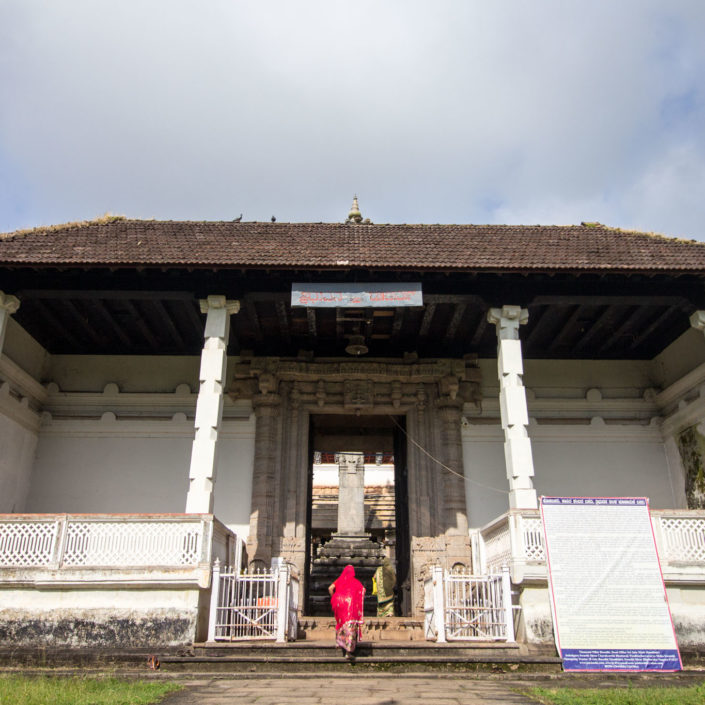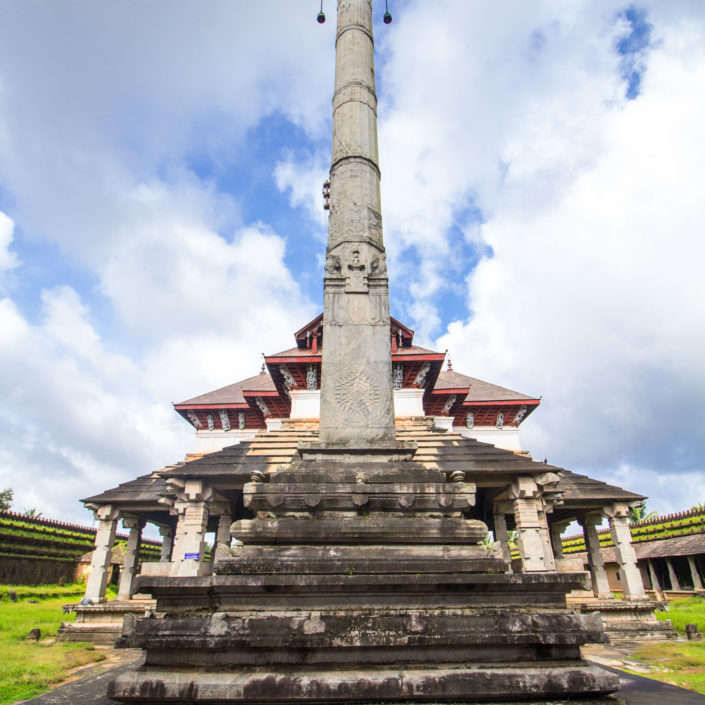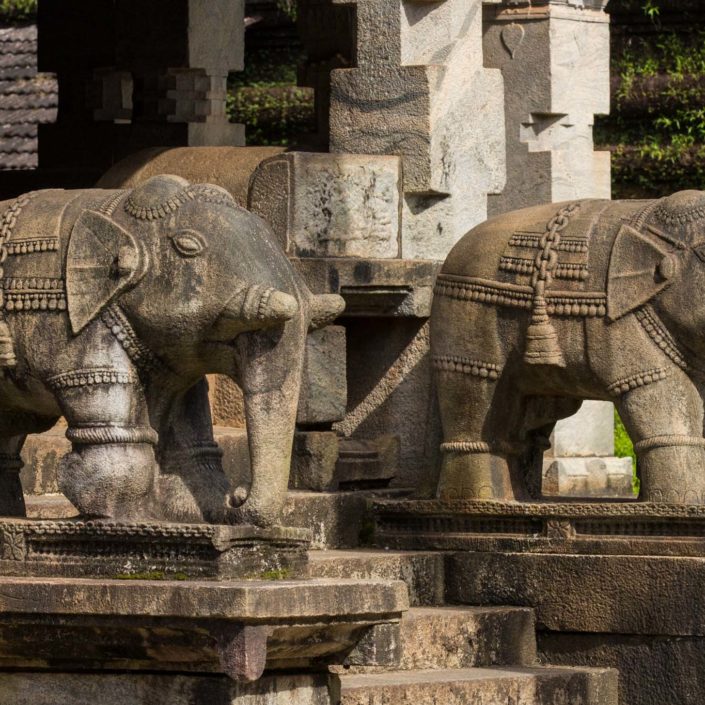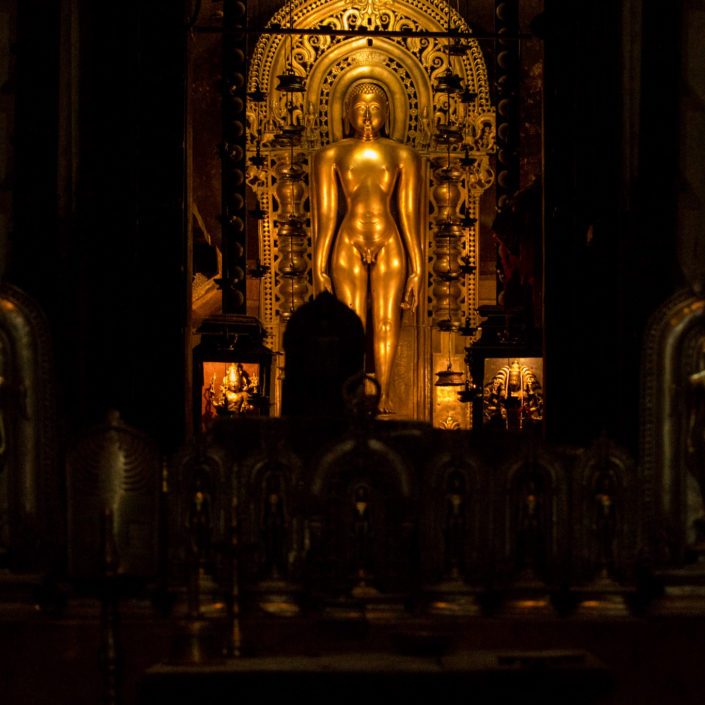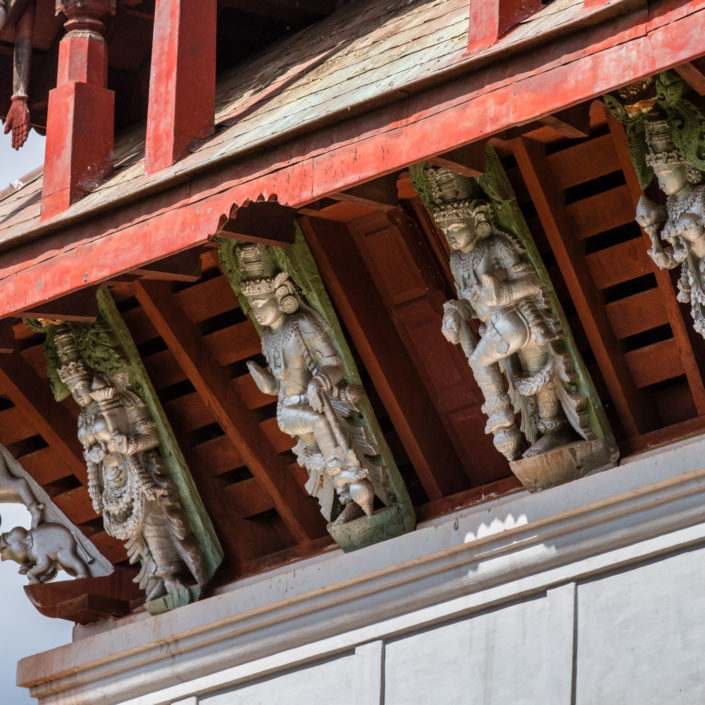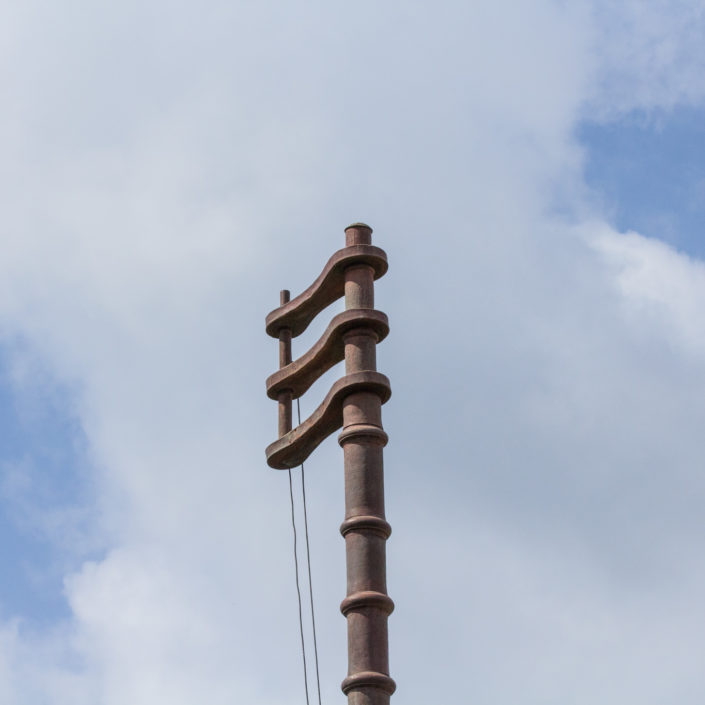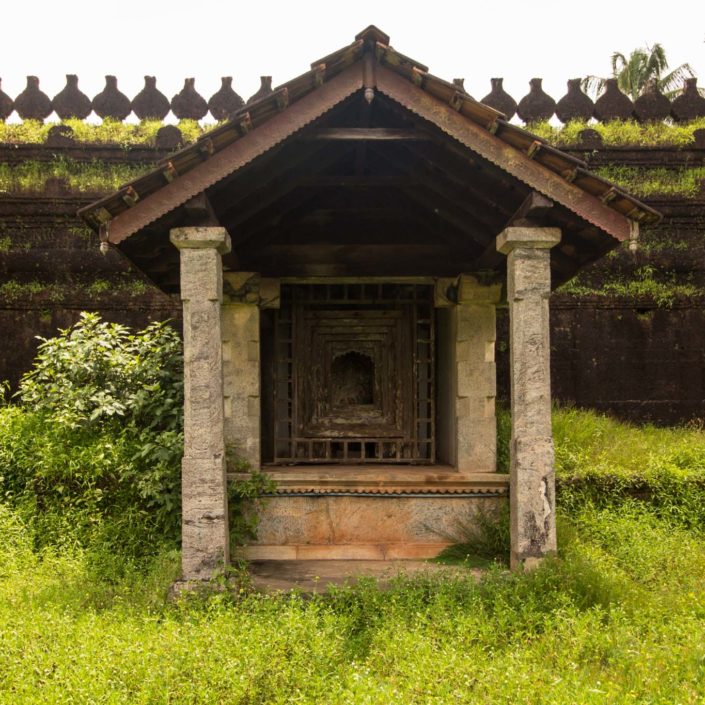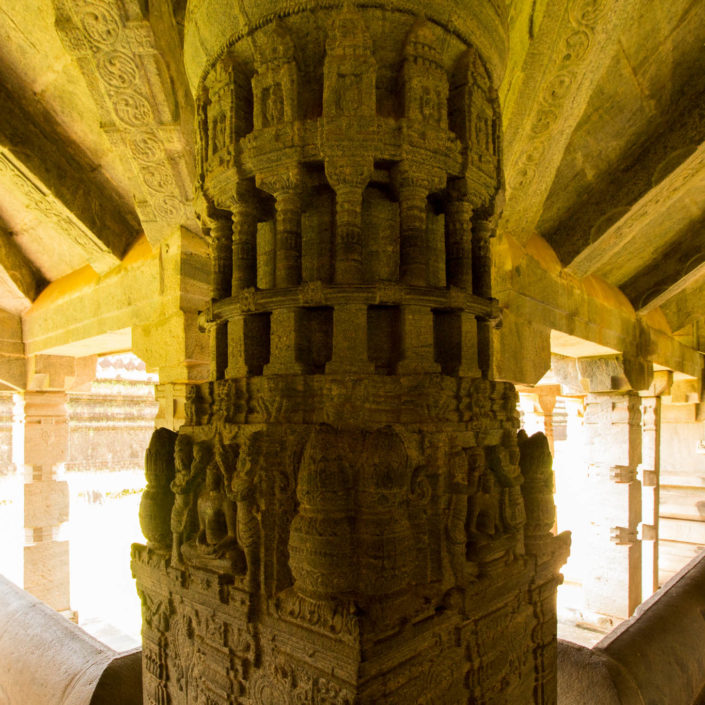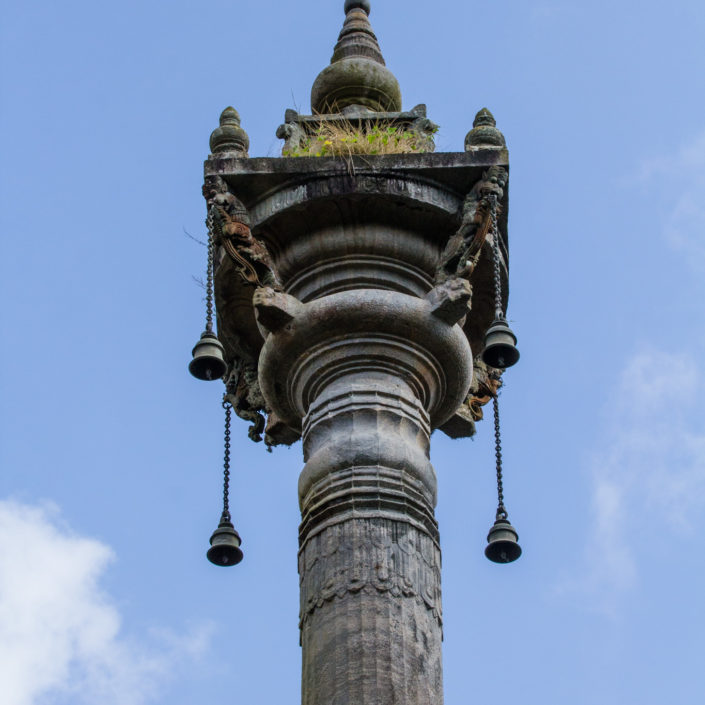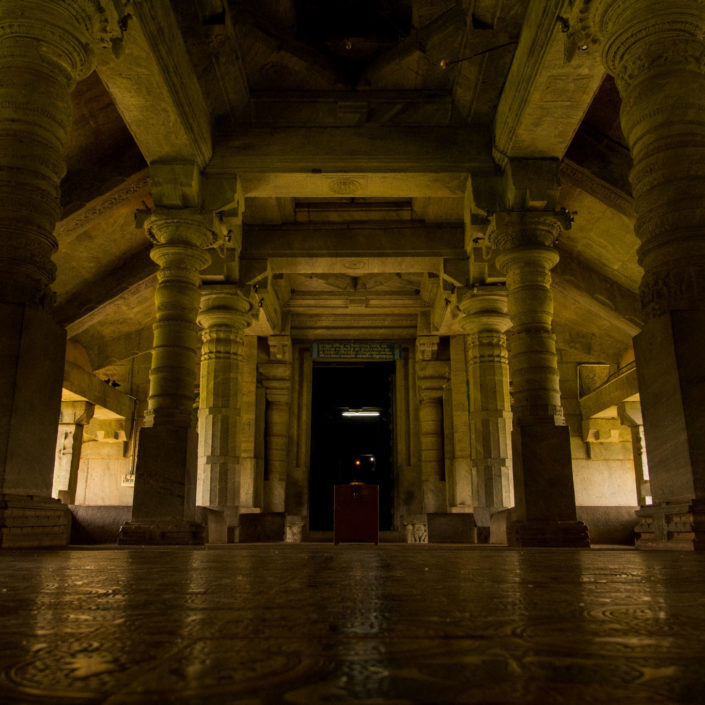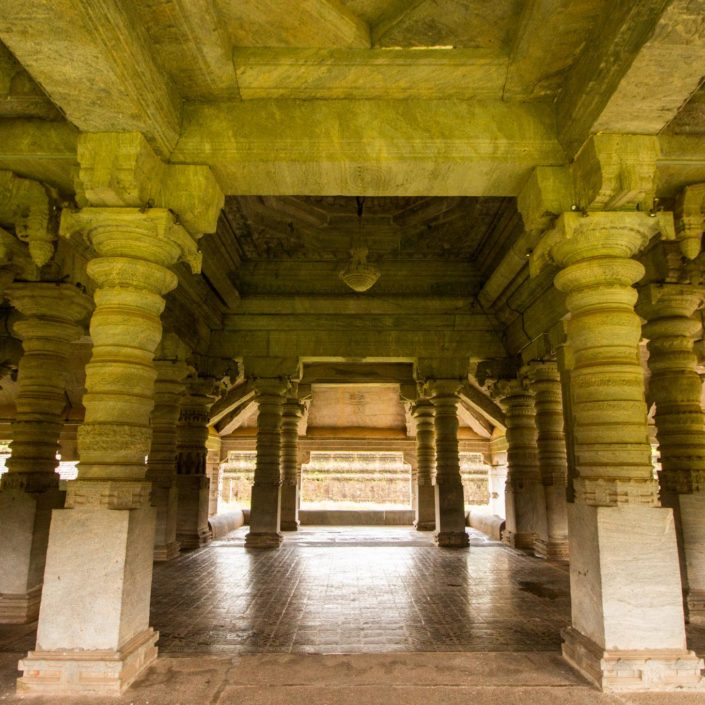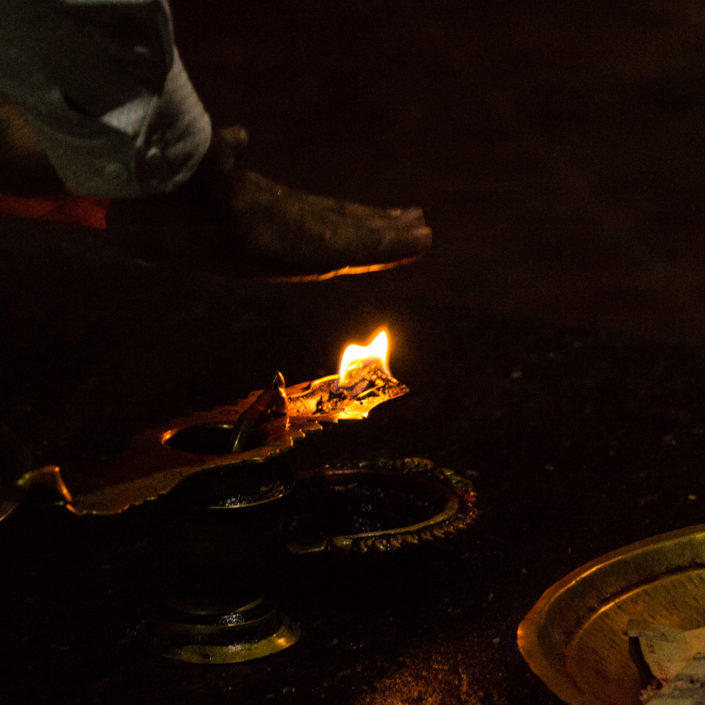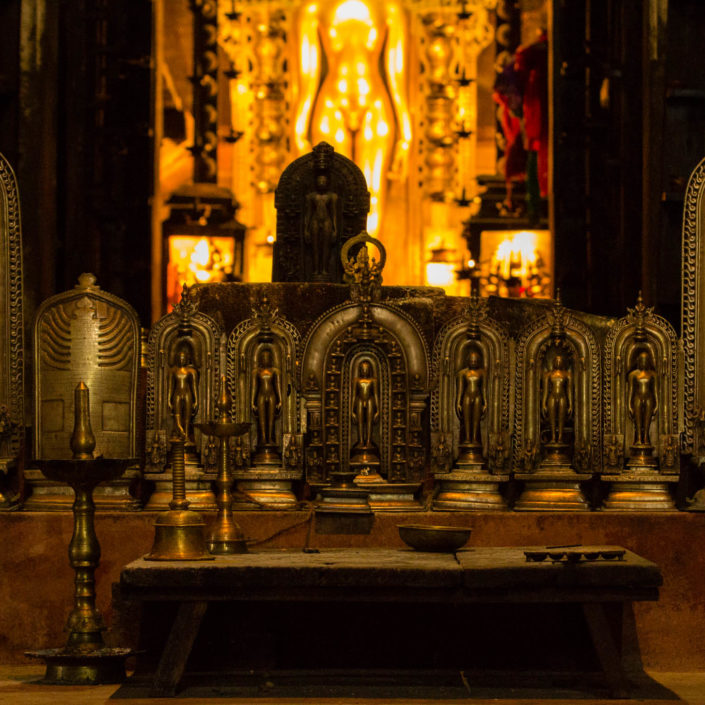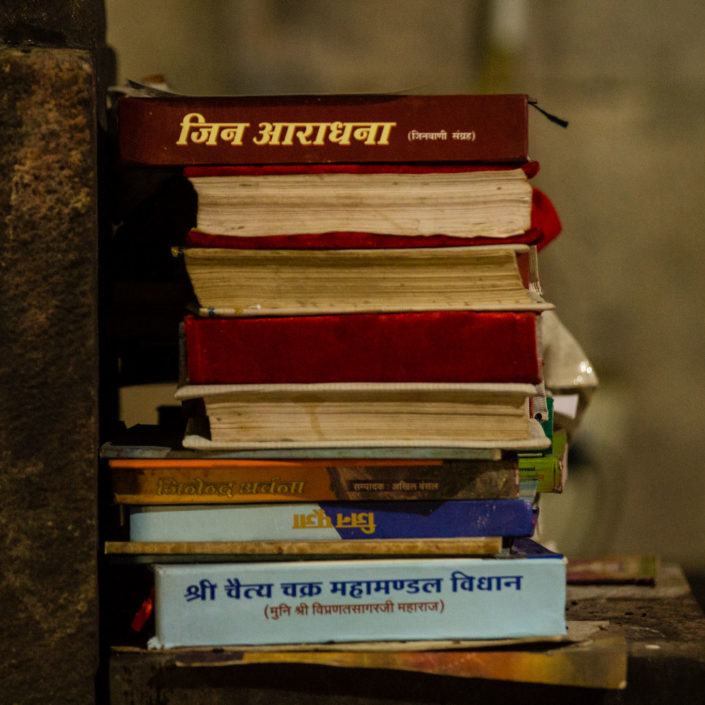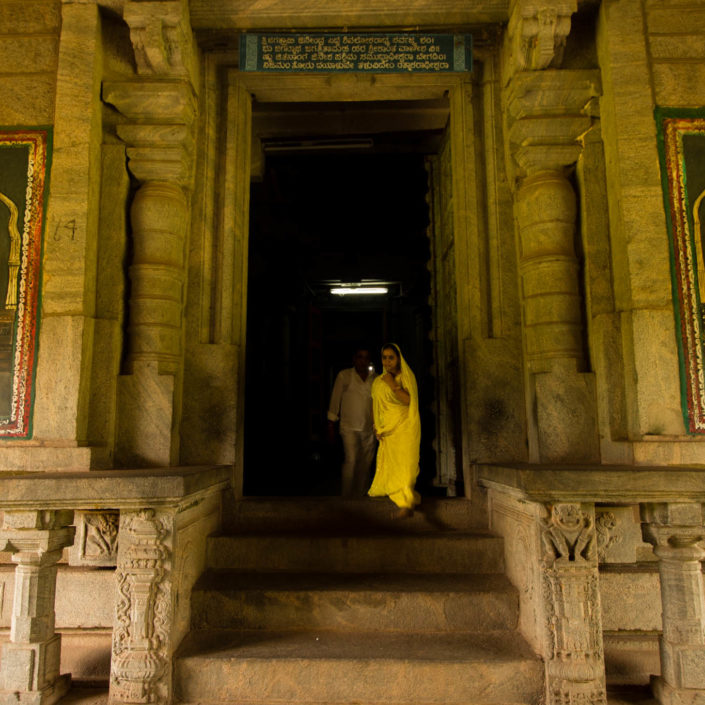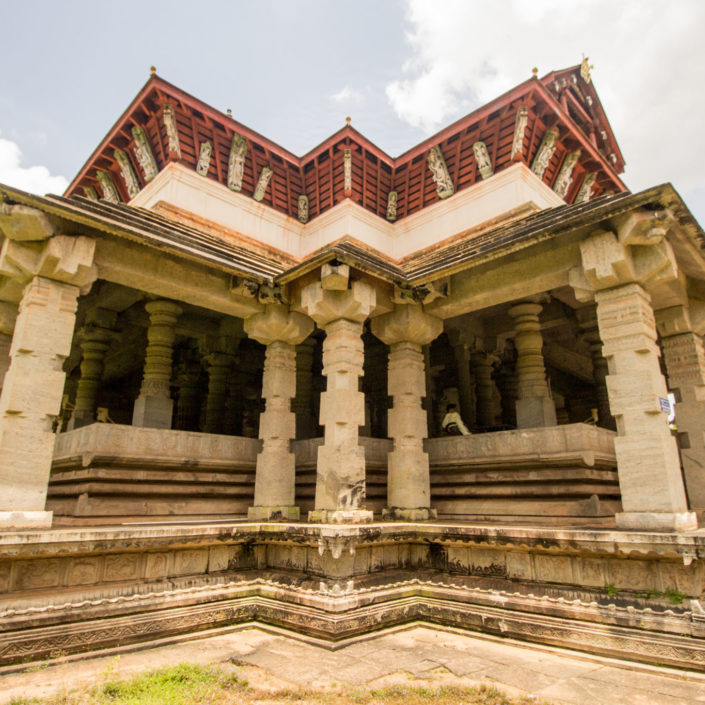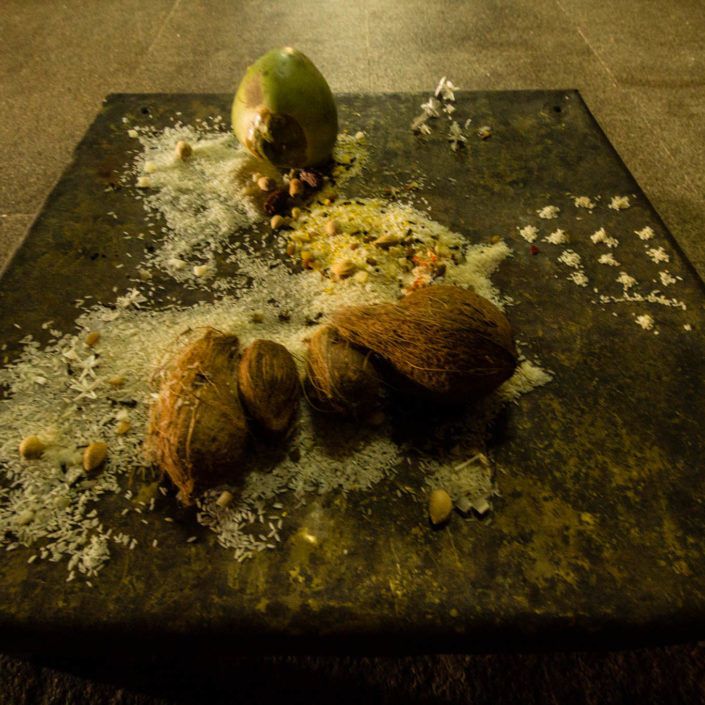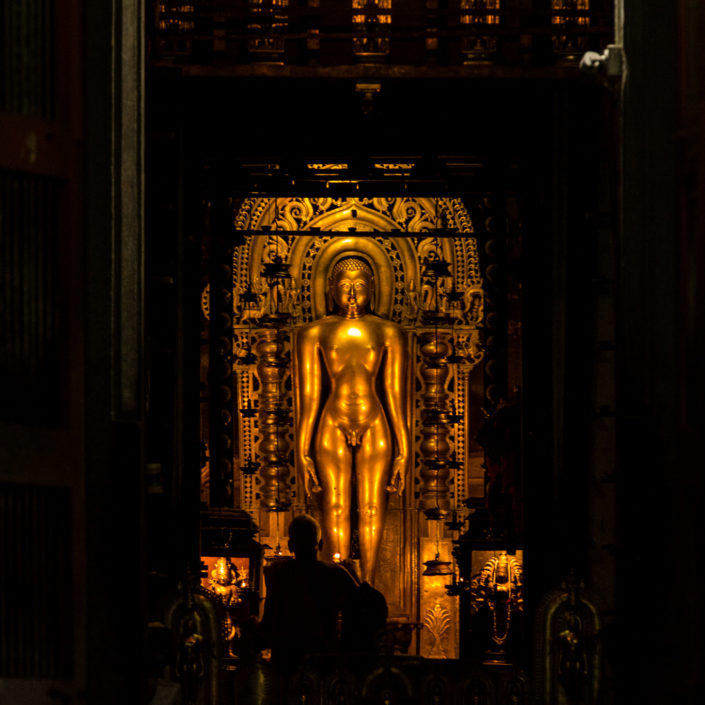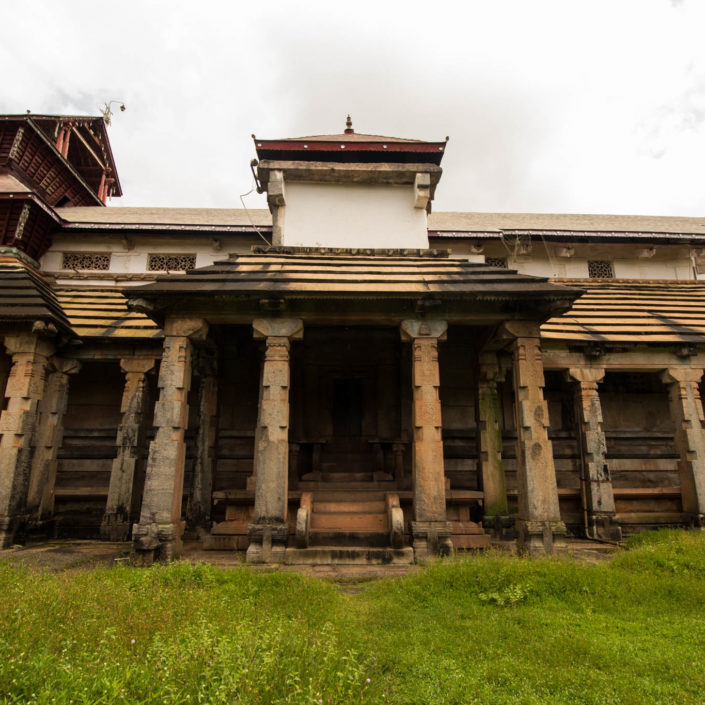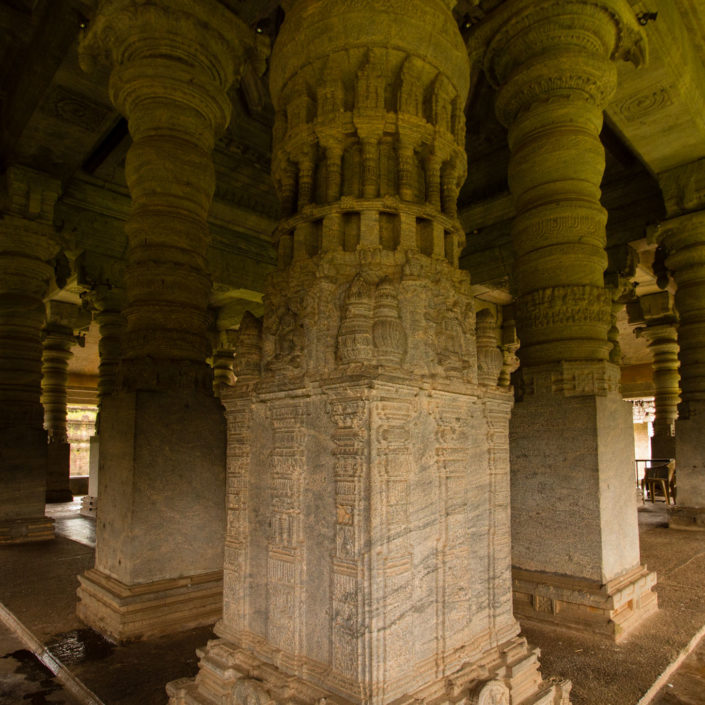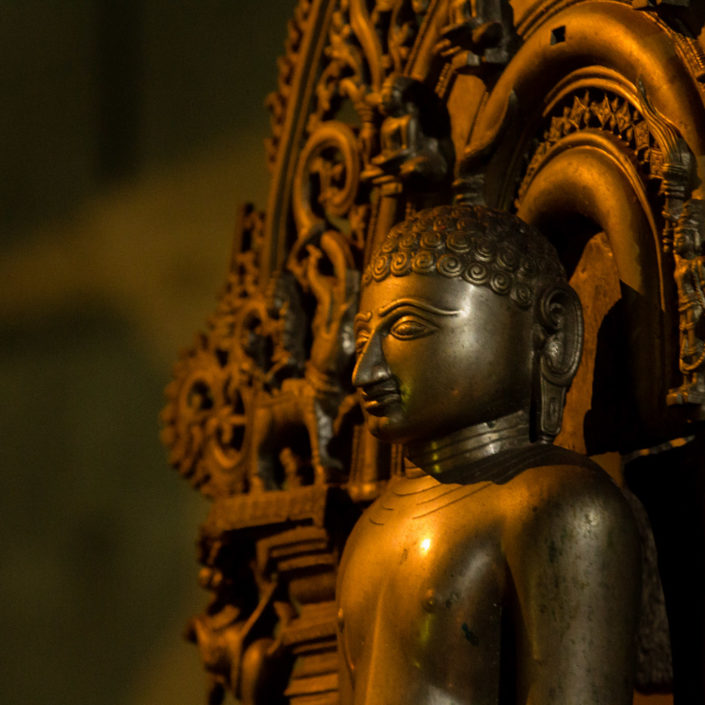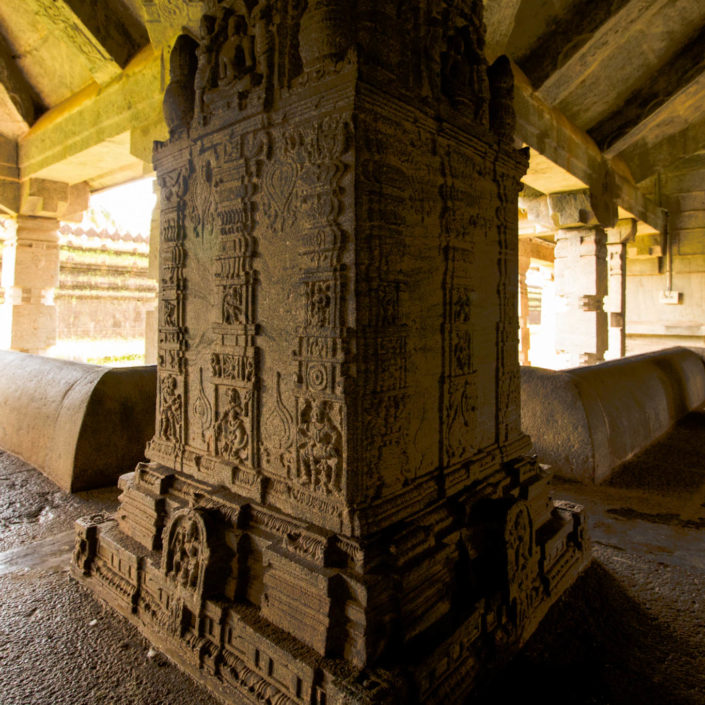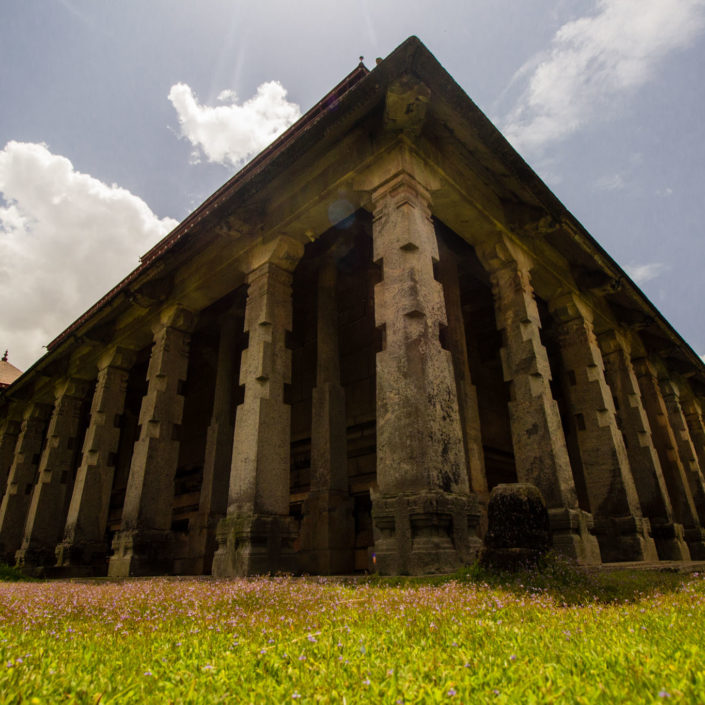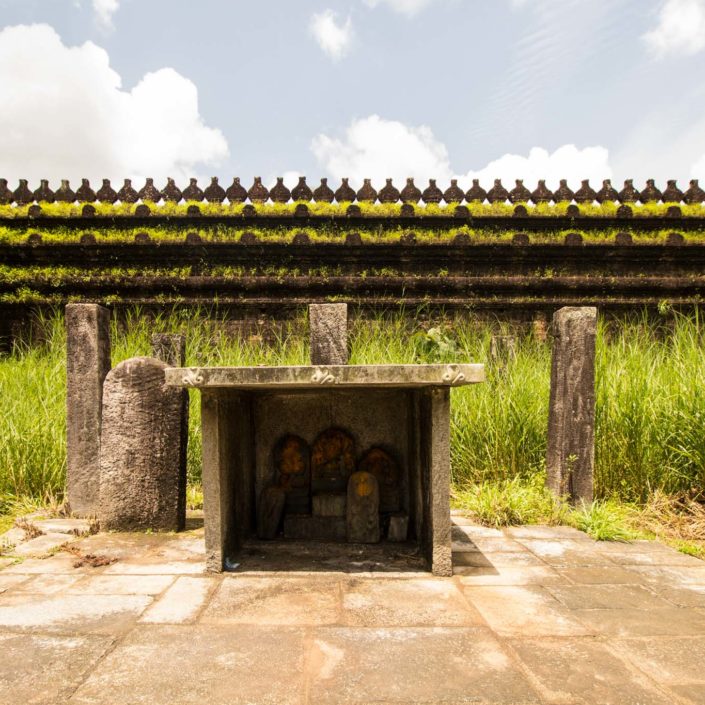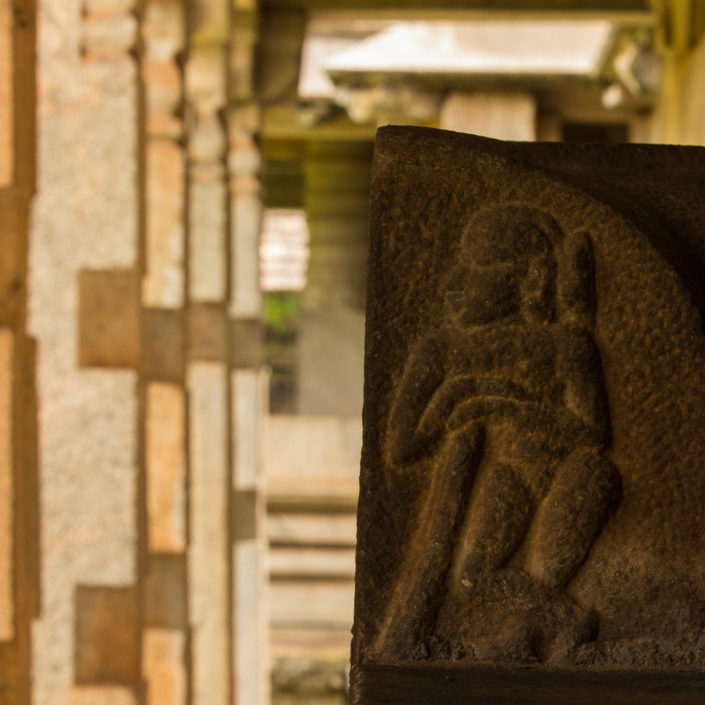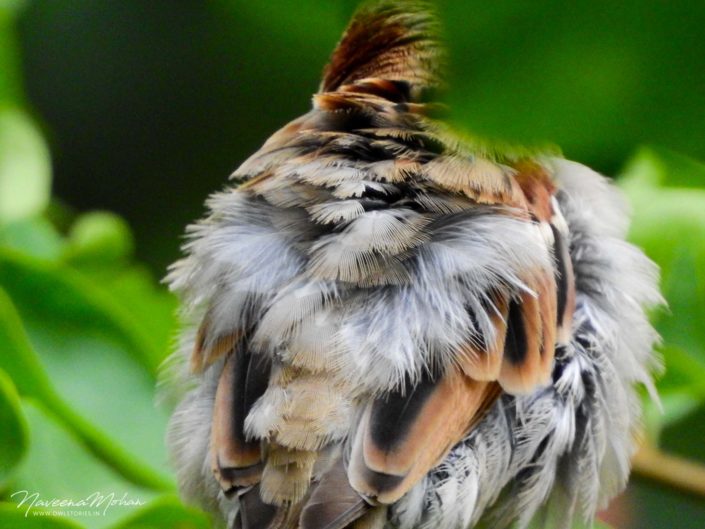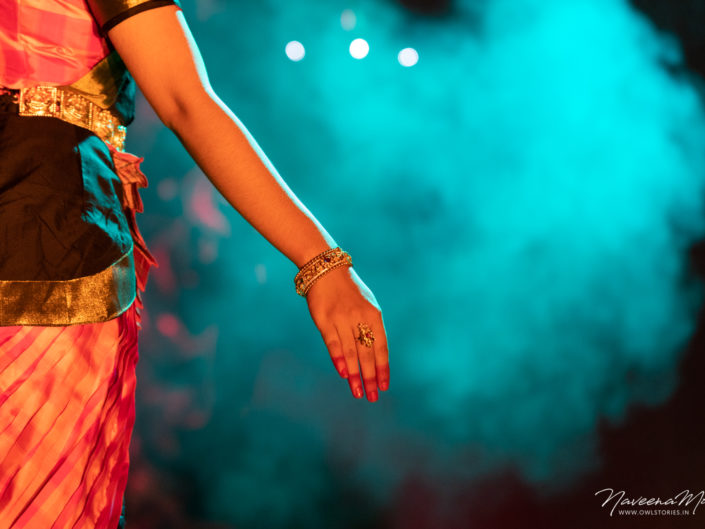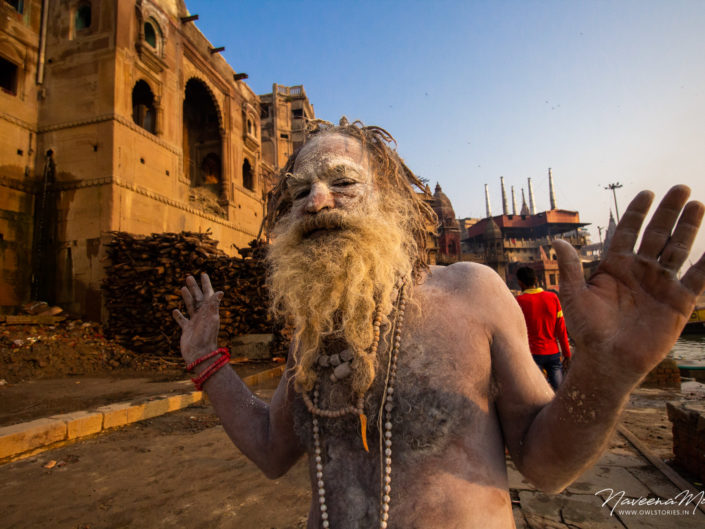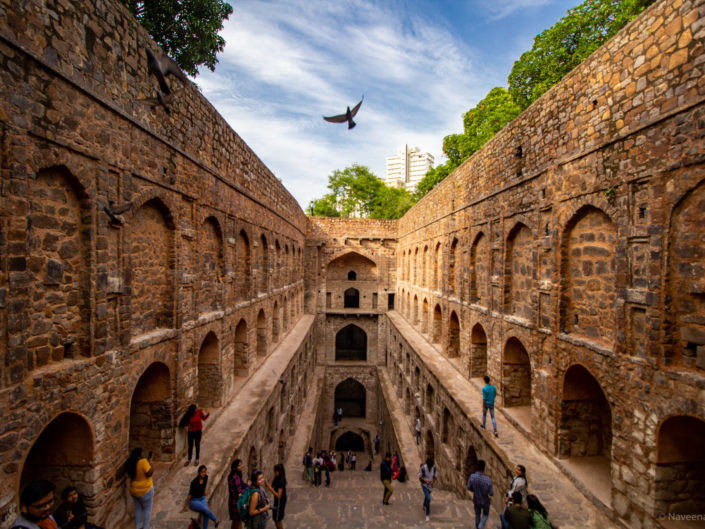-

OwlStories is a journal of events, journeys and experiences of this beautiful world by Naveena Mohan. About Me
Lorem ipsum dolor sit amet, consectetuer adipiscing elit. Aenean commodo.
Phone & Fax
Mon-Fri: 8:00-19:00,
Sat-Sun: 8:00-14:00(65)323-678-567
(65)323-678-568Address
732/21 Second Street, Manchester,
King Street,Kingston United Kingdom
places / karnataka / moodabidri
Tribhuvana Tilaka Chudamani
Crest-jewel of the three worlds
Moodabidri in Dakshina Kannada district is a beautiful town that still has the old world charm. Located about 35 km from Mangalore (Karnataka), the town apparently got its name due to the fact that bamboo was grown widely in this place. A combination of 2 Kannada words Moodu (East) and bidiru/bidri (Bamboo), Moodabidri is known as Jaina Kashi / Kashi of the south.
Jainism is considered to have prospered in this town in the ancient days and the place still has a significant Jain population. Between the 14th and 16th centuries, Moodabidri is believed to have emerged as the centre of Jain religion, art, architecture and rich culture. 18 popular Jaina Basadis or the place of worship, were built during this period. Well-known among these 18 basadis are the Saavira Kallina Basadi (1000 pillared temple), Guru basadi and Ammanavara basadi.
Jainism is often described as one of the most peaceful religions.
Of the 18 Jain temples in Moodabidri, Saavira Kallina Basadi is considered to be the largest and most ornate Jain temple. History of the temple dates back to 1430 A.D and is said to have been built by the then local chieftain Devaraya Wodeyar. And some new construction was added in 1962. The splendour of this temple lies in the many pillars that stand and support this 3 storey temple which also has a grand pillared-courtyard.
The main temple structure is enclosed by huge stone walls. The view of the 60ft monolith Manasthambha (the pillar in front of the basadi) is striking right at the outset. The temple has the typical Malnad-styled sloped roof with tiles and stone carvings adorning the sides. The elephant balustrades catch one’s attention as one climbs up a short flight of steps to the pillared porch of the temple. The ornate pillars and the beautiful floor tiles instantly steal your heart. The details on the pillars depict many a hidden story. There are 7 mandapas with symmetrically carved stone pillars yet none of the pillars looks similar. The sanctum sanctorum of the temple houses an eight-foot bronze idol of the 8th Thirthankara Chandraprabha, hence the temple is also known as Chandranatha Temple. All the visitors to the temple can offer prayers inside the sanctum sanctorum but the upper storeys are open only to the Jain pilgrims. The serene surrounding and the tranquil atmosphere of the temple is a welcome feeling, away from the chaos of the bustling city life.
This Jain temple gives us a glimpse of Jain rulers’ interest in encouraging and constructing such architectural masterpieces. It isn’t a surprise that it is also popularly known as the Tribhuvana Tilaka Chudamani, Crest-jewel of the three worlds.
